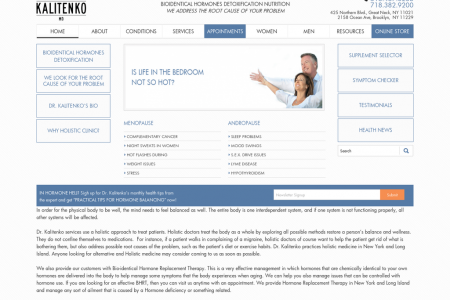
Managing Seasonal Humidity Levels at Home
Managing Seasonal Humidity Levels at home What is humidity? Humidity is the amount of water vapour in the air around you. It can vary with air temperature and pressure. It's usually measured as Relative Humidity (RH) - the percentage of water vapour in the air. The optimum RH level in your home 19-25°C 80% 40-60% BEST AIR 60% 40% 20% 0% 0°C 5°C 10°C 15°C 20°C 25°C 30°C However, the effective 'comfort level' in a home or office can change with temperature and humidity swings. How different seasons affect humidity levels Winter Summer optimal comfort level optimal comfort level 20-24°C, 30-60%RH 23-25°C, 40-60%RH When temperatures are low (below 14°C), humidity has little effect on temperature feel When temperatures are warm (eg. 22°C), there is a significant difference in comfort level when humidity is high Winter air feels dry, especially if the heater's running. Summer air is warm, sticky and humid. Cold winter air contains less water, so the humidity is lower. When humidity is low, warm temperature can feel cool due to faster evaporation of body perspiration. Warm summer air 'holds' more moisture, so the humidity is higher. When humidity is high, perspiration is slowed providing a warmer feel at the same temperature. (High humidity acts like insulation for the human body) Humidity levels can affect your health and home Bacteria Virus Fungi Mites Respitory Infections Allergic Rhinitis & Asthma 100 Optimum Relative Humidity Range 45-55% Too much or too little moisture in the air can cause health threats and illnesses. It can also cause discomfort and damages at home. Too little moisture Too much moisture Dry, itchy skin, eyes and throat Damage to wood (furniture, floors and musical instruments) Mould, mildew and bacteria growth Encourage growth of dust mites Sleep discomfort Muggy conditions Condensation Static electricity Paint on windows Breathing disturbances can chip Insects Wet insulation and pests Dry/bleeding Dust Electronics can Rot on woodwork build-up get damaged (doors, window frames, furniture, staircases, flooring) nose To achieve optimum humidity levels at home for all seasons... In summer Stop using Use air conditioners or Use exhaust fans in humidifiers dehumidifiers to remove bathrooms and kitchens excess moisture indoors to improve ventilation In winter 30-40%RH recommended for winter Opt for far infrared heaters as these warm you up Use humidifiers to reintroduce moisture into the air quickly without drying the air If drying laundry indoors, Add live houseplants (they produce moisture) Place water basins near use a dehumidifier heating systems Air conditioners, dehumidifiers, humidifiers and heaters will be more effective where they have an appropriate capacity for the area, are left on, windows and doors are shut and homes are reasonably well sealed. Brought to you by References: www.andatech.com.au/resource/humidity-levels www.sensitivechoice.com/indoor-humidity ionmax www.efficiencymatrix.com.au/about-moisture-and-humidity www.nationalasthma.org.au/news/2016/indoor-humidity Oandatech For more information please contact Andatech's office: wellness Call us on 1300 800 200 Email: [email protected] Website: andatechdistribution.com.au
Managing Seasonal Humidity Levels at Home
Source
https://www....nfographicCategory
HomeGet a Quote











